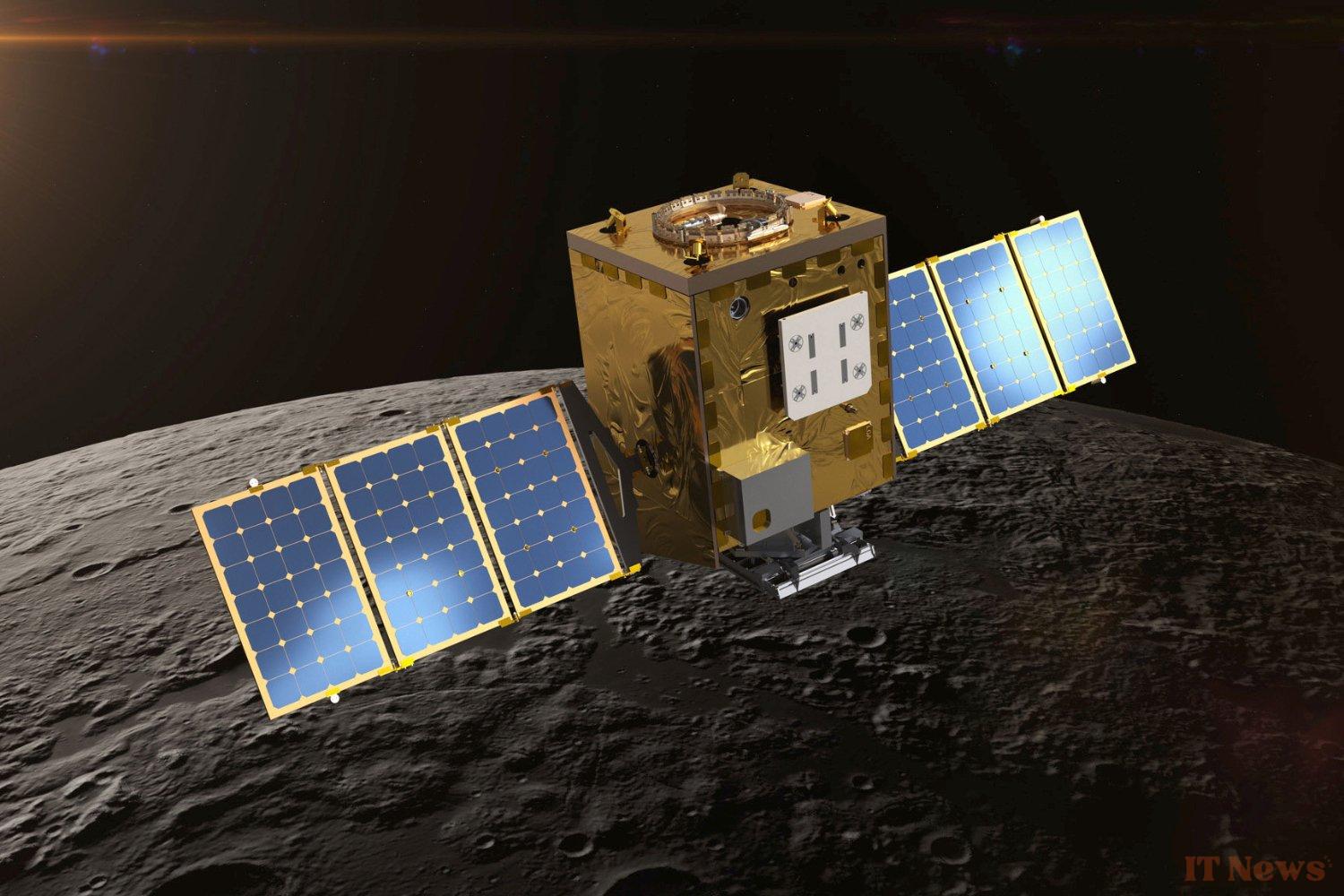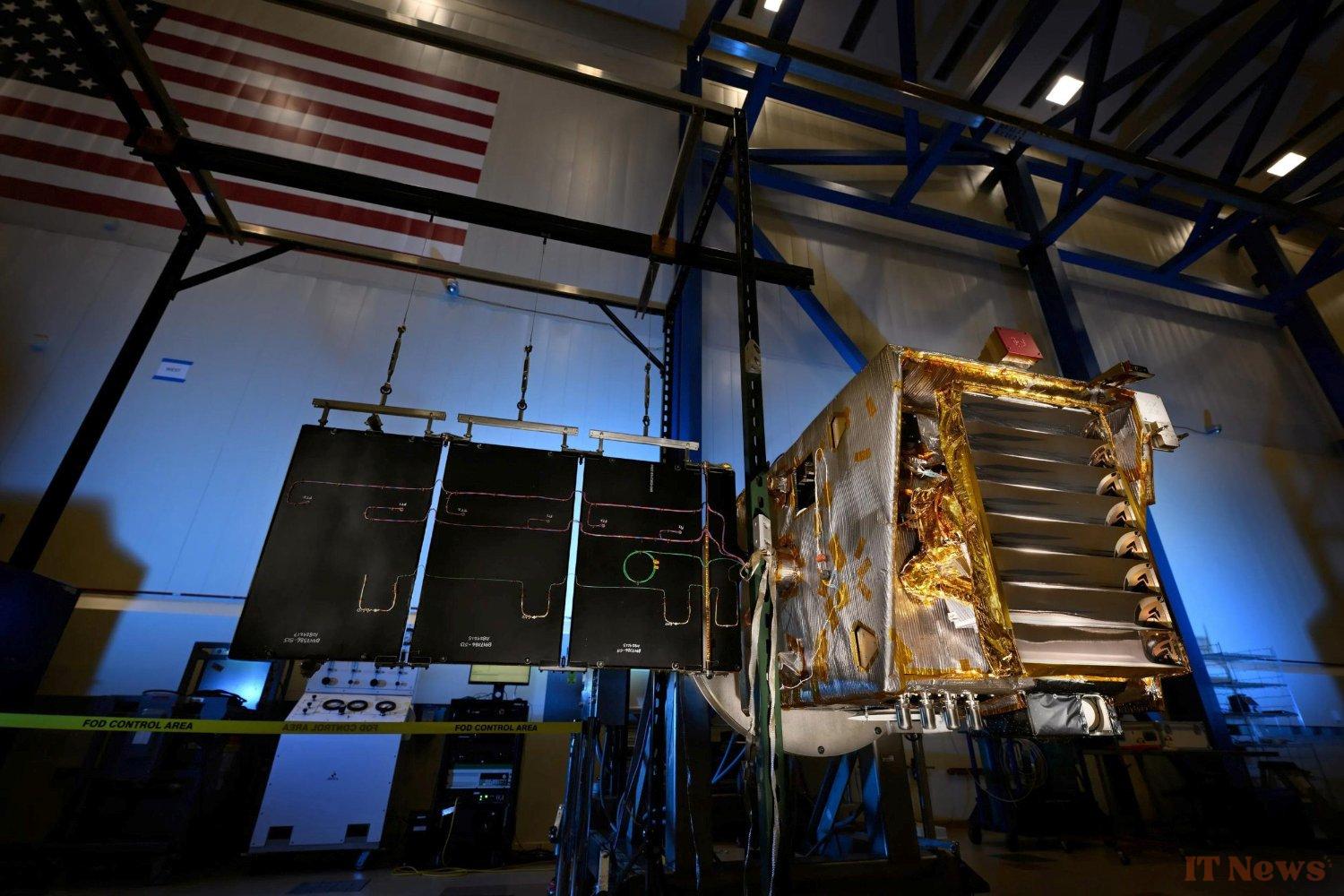It's not just Voyager 1 and Voyager 2 that NASA, via the Jet Propulsion Laboratory (JPL), is working to keep its probes' instruments alive. Closer to Earth, the 200-kilogram Lunar Trailblazer probe has not shown any signs of life since its launch on February 26, when it encountered difficulties capturing solar energy to recharge its batteries.
In an update on April 30, mission officials from the American space agency acknowledged that they only have six weeks to revive the probe. After that, Lunar Trailblazer will plunge into darkness, and "if no signal is received by the end of the period, NASA will begin taking steps to close the mission," reads a statement.
The role of Lunar Trailblazer around the Moon
The mission in question cost NASA $94 million. It aims to map the Moon's water reserves by placing the Lunar Trailblazer probe in an orbit around Earth's natural satellite. This program is not unrelated to Artemis, as it should facilitate future manned exploration. Artemis aims to establish one or more bases near the Moon's south pole, where the most water ice is found.
Lunar Trailblazer needs light to power its batteries, and thus places itself in an elliptical lunar orbit to face the satellite's poles. Areas like Shackleton have heavily shaded craters, which explain the presence of water ice but also the difficulty of observation other than by a probe or rover.
NASA has indicated that over the next six weeks, "the mission team has determined that if the ability to control the spacecraft can be restored, the propulsion system is thawed, and the instruments are operational, it may be possible to return the spacecraft to an elliptical lunar orbit and achieve its lunar science objectives." They are therefore currently missing contact, which will need to be reestablished to carry out this examination.
On February 26, SpaceX launched the 200-kilogram probe using the Falcon 9 launcher. Liftoff took place on the launch pad at the Kennedy Space Center in Florida, and NASA shared the costs of sending the craft through a "carpool" with the Athena lunar lander from the company Intuitive Machines. Unfortunately, Athena also failed its mission, as the lander lost its balance and overturned a few seconds after its arrival.
Source: Space.com




0 Comments